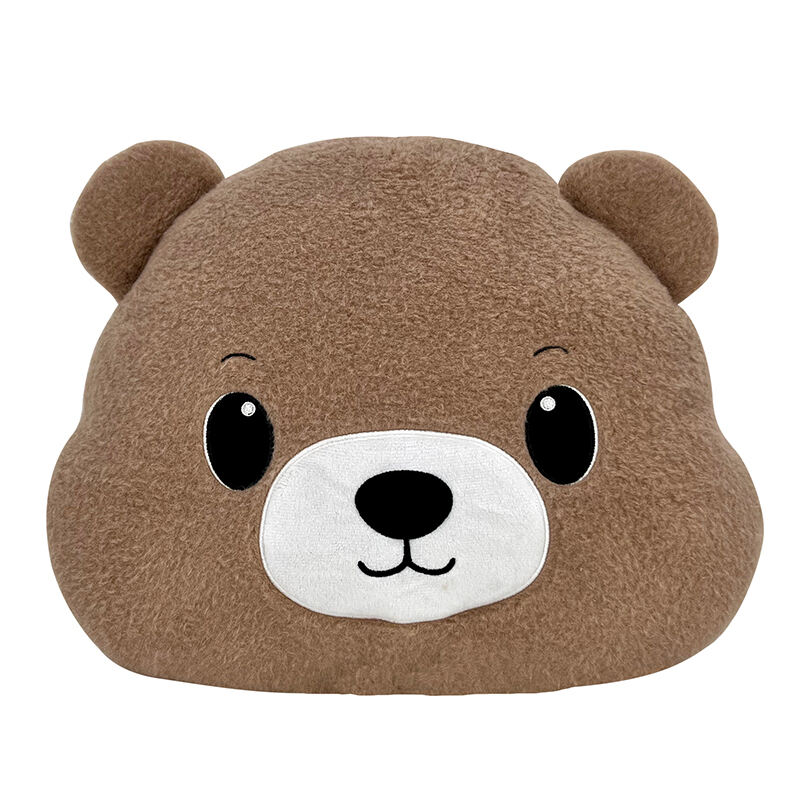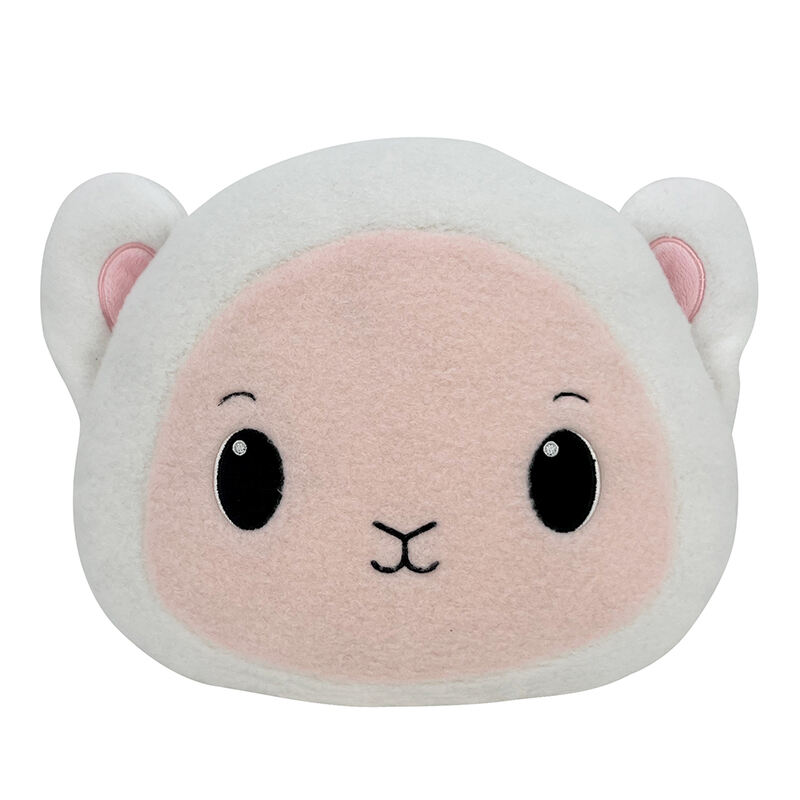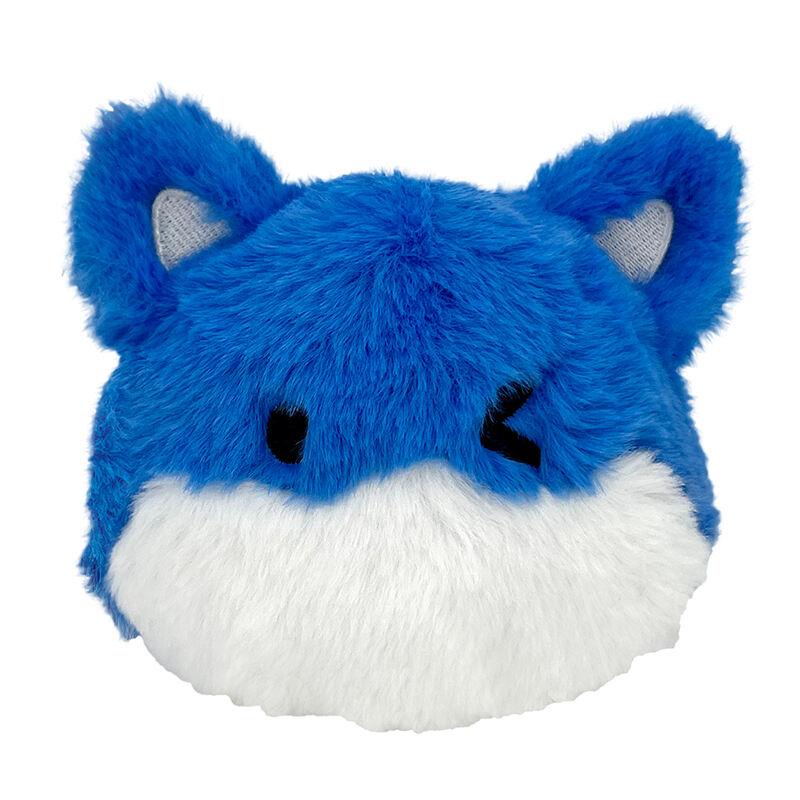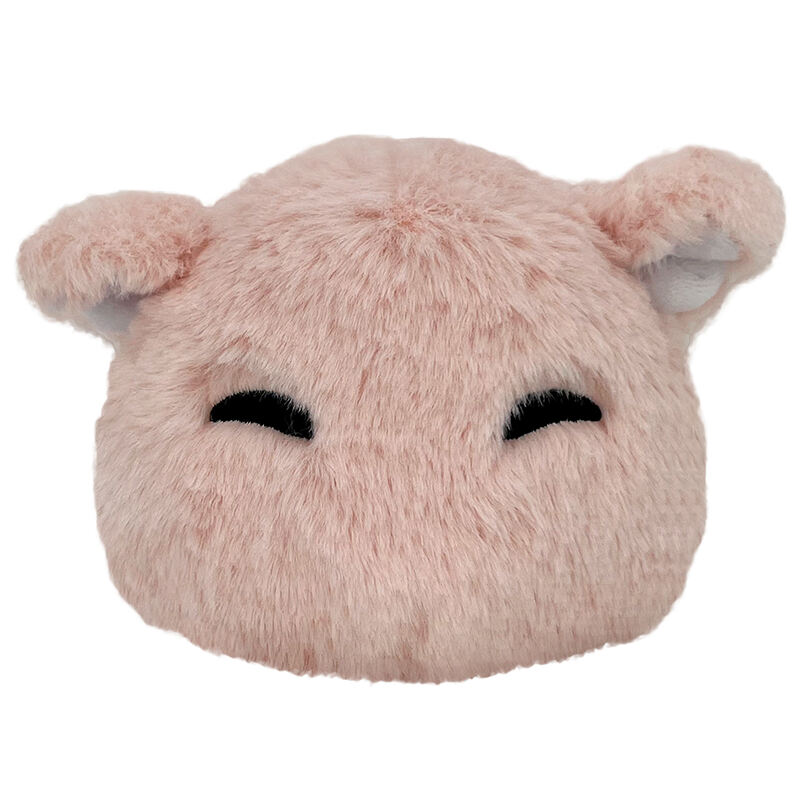Engaging with clients to extract their specific ideas and expectations is vital in designing stuffed animals plush toys. This process involves creative brainstorming sessions to capture the essence of the client's vision in the toy design. Utilizing concept sketches or mood boards can align the vision between the designer and client, facilitating better communication. Feedback and iterative revisions based on client input are crucial to ensuring satisfaction and honing the design to meet exact desires. Furthermore, understanding the target demographic provides insights into design elements, including size, color, and character traits, which makes the toy appealing to its intended audience. For designers, this means walking the delicate line between client expectations and unique creative expression.
In plush toy design, balancing aesthetics and functionality ensures an appealing and durable product. The aesthetic aspect involves selecting vibrant colors, engaging patterns, and charming shapes that captivate both children and adults. However, functionality is equally essential, emphasizing safe and durable construction to withstand frequent use while maintaining allure. Current trends show a growing demand for designs that incorporate educational elements, making playtime both fun and enriching. Additionally, the design must consider ease of maintenance, like machine washability without causing damage. This balance ensures that a plush toy is not just a visual delight but also a practical, long-lasting companion.
Prototyping is a crucial phase in crafting unique plush toys. Utilizing 3D modeling software allows designers to visualize and refine concepts before venturing into tangible production, aiding in meticulous adjustments. Initial prototypes often utilize inexpensive materials to test shape and functionality, offering a cost-effective way to iterate designs. Gathering feedback from real users, such as children and their parents, further refines the prototypes, revealing potential improvements. Iterating prototypes uncovers unforeseen issues and acts as a fertile ground for innovation, ensuring the final product stands out in both originality and quality.
Choosing the right fabric is critical in creating cute stuffed animals that appeal to a wide audience. Premium materials such as microfiber, organic cotton, and plush polyester are popular choices due to their ability to enhance the appearance and tactile appeal of toys. These fabrics are known for their softness, washability, and excellent color retention, ensuring that the plush toys remain vibrant and durable over time. Furthermore, consulting with fabric suppliers who prioritize sustainability can significantly boost both product quality and brand reputation. Keeping up with advancements like eco-friendly dyes and manufacturing processes can also provide a competitive edge in the market.
Safety is a paramount concern in plush toy production, particularly those intended for children, such as stuffed animals plush toys. Adhering to safety standards like EN71 and ASTM ensures that toys are safe for play. These regulations guide the selection of hypoallergenic and non-toxic filling materials, which are essential for toys designed for infants and young children. Collaborating with third-party testing labs to validate safety claims strengthens consumer confidence. Providing transparent details about the materials used not only helps parents make informed purchasing decisions but also elevates the trustworthiness of the brand.
Ensuring plush toys withstand the rigors of playtime involves robust durability testing protocols. These tests confirm that stuffed animals can endure rough handling and frequent washing while maintaining their charm. Conducting user trials provides insights into real-world performance, allowing for assessment and potential improvements in design. Learning from any failures during these trials can lead to innovative solutions and enhancements. Partnering with manufacturers who uphold strict quality control standards throughout production guarantees long-lasting plush stuffed animals, thereby fostering customer satisfaction and loyalty.
The Pillow Creatures - Bear stands out with its distinctive oversized head, bringing charm and appeal to this therapeutic plush toy. This design element not only enhances its visual appeal but also engages users with a sense of whimsy and nostalgia. By incorporating calming colors and weighted parts, the bear offers a soothing experience, helping users relax and providing emotional support. Customer feedback plays a crucial role in the design adjustments of the bear, ensuring it meets market needs effectively. Promoted as a part of a wellness concept, this plush toy supports relaxation, making it a beloved companion for many.
The Pillow Creatures - Lamb showcases advanced embroidery technology that brings intricate patterns and textures to life. These techniques elevate the lamb's visual impact, utilizing multi-colored threads to create a captivating aesthetic appeal. The craftsmanship involved in these embellishments highlights the perceived value of plush toys, emphasizing both traditional artistry and modern technology. By blending these elements, the Lamb becomes a masterpiece of textile design, providing both tactile and visual satisfaction to its owners.
Dough-Dough - Fox embraces the concept of expressive mood-based customization, effectively enhancing user interaction. This plush toy's design allows for customizable facial expressions, thereby deepening the emotional connection users have with their toys. By enabling children to personalize their plushies, the Fox enhances play patterns and encourages creativity. The integration of safe and durable materials ensures that these interactive features are both reliable and long-lasting, making the Fox a standout product in the modern toy market.
The Dough-Dough - Piglet is a testament to compact companion design philosophy, ideal for children who enjoy portable plush stuffed animals. Despite its small size, the Piglet is designed with both aesthetics and functionality in mind, serving as a faithful companion for imaginative play. Parents are encouraged to consider these compact toys for their ability to inspire creativity and fit into various play scenarios. Against larger alternatives, the Piglet's market success highlights the increasing need for adorable, travel-friendly plush toys.
The Dough-Dough - Panda exemplifies playful monochromatic contrast, attracting attention and fostering emotional connections. Its black-and-white color scheme not only appeals to aesthetic sensibilities but also offers calming effects. Marketing strategies cleverly leverage this unique color scheme to enhance promotional efforts. Customer testimonials often highlight the Panda's charm, emphasizing how its design fosters both visual appeal and deep emotional bonds with users.
In recent years, there has been a noticeable shift towards designing plush toys that align with the healing economy, focusing on health and wellness. Manufacturers are increasingly integrating features that promote emotional well-being, such as tactile surfaces and soothing colors, to aid in stress relief. These adaptations resonate well with consumer priorities, where mindfulness and mental health have become key considerations. According to market data, demand for toys that support mental health has seen a significant increase, indicating a growing trend towards products that contribute positively to the emotional state of users. This trend showcases how the healing economy is shaping the evolution of plush toy design.
The modern consumer's expectations demand plush toys to engage more dynamically, leading to a surge in interactive play design. Toys now frequently incorporate technological innovations such as embedded sensors, voice activation, and connectivity options to engage children actively. These smart features not only entertain but also create opportunities for educational interactions, fostering a learning experience during play. Consumer interest in such interactive plush toys has been reflected in market research data, which shows a steady growth in demand over the past few years, underscoring the importance of modernization in toy design to meet the evolving play patterns of children.
As awareness of environmental issues grows, consumers are increasingly prioritizing sustainability in their purchasing decisions, including when it comes to plush toys. Toy manufacturers are responding by sourcing materials that are eco-friendly, often turning to recycled products or materials derived from sustainable farming practices. They seek certifications like the Global Organic Textile Standard (GOTS) to assure consumers of the eco-friendliness of their products. Data substantiates this trend, with an increasing number of consumers expressing a preference for brands that promote sustainability, highlighting a shift towards environmentally conscious production methods in the plush toy industry.
© Copyright 2024 Dongguan Jun Ou Toys Co., Ltd. all rights reserved





